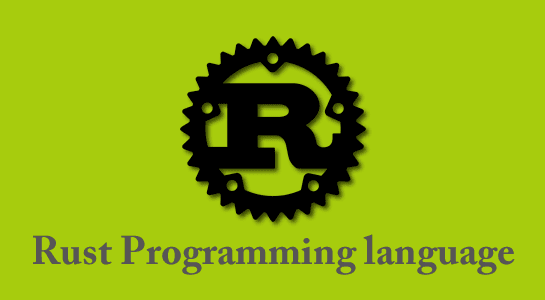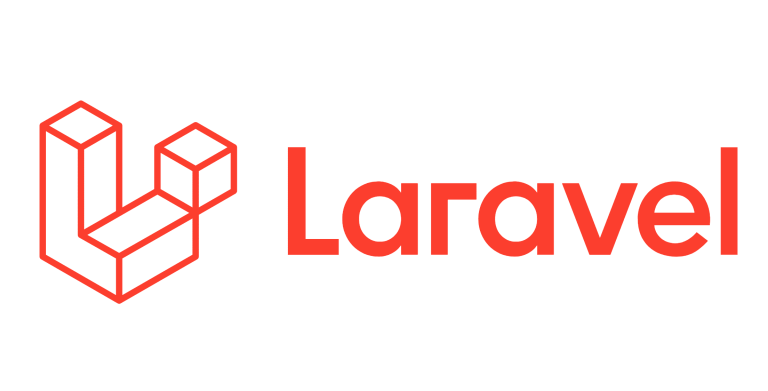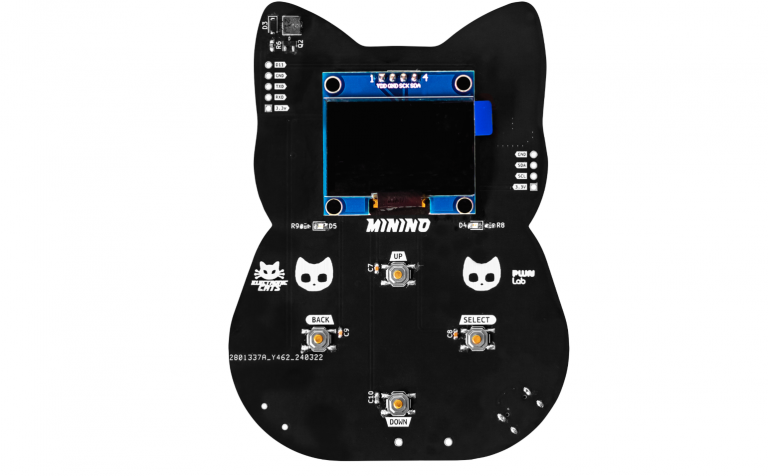
 While on-premise data security system has a specific physical address and option for physical access, cloud based security is completely different where everything appears virtual. While physical firewalls protect an on-premise data center, network cloud security design relies on a layered structure. The public cloud security system today consists of a 4-layered enhanced defense mechanism to ensure optimum protection and security.
While on-premise data security system has a specific physical address and option for physical access, cloud based security is completely different where everything appears virtual. While physical firewalls protect an on-premise data center, network cloud security design relies on a layered structure. The public cloud security system today consists of a 4-layered enhanced defense mechanism to ensure optimum protection and security.
Layer I: Security groups:
Security groups act as the primary layer of network cloud safety. The main function of a security group is to check rules that allow traffics, and its activities are quite different than traditional firewalls. Traditional firewalls mainly manage traffic on the basis of allowing and deny rules. Which means, either they will allow certain traffic to enter, or deny it. But unlike them, security groups work only depending on allow rules, and they have no denied rules. Security groups cannot deny traffic, but the absence of allowing rule acts as a deny rule here. Functions of security groups are quite similar to the firewalls of the ’90s. At that time, host-oriented firewalls used to be connected directly with the servers and if you can penetrate into the server, you would have been able to access the security settings of the firewalls. In the same way, security groups are also directly connected with the servers, and as per cloud security terms, it is known as instances. Thus, for any instance penetration, it is very likely that the control of security groups can be exposed, which can eventually shatter the whole cloud network security system. For that reason, businesses implement more rigorous cloud-oriented network security measures.
Layer II: Network Access Control Lists (NACLs):
The main function of Network Access Control Lists (NACLs) is to deliver Azure and AWS based cloud security. Every NACL is attached to a VPN (Virtual Private Network) in AWS or VNet. Anything happens inside the VNet or VPN, NACL manages them. The central NACLs are equipped with both allow and deny rules, making the entire cloud security architecture much more powerful than layer I. That is why layer II, Network Access Control Lists (NACLs) are a very crucial factor network cloud security.
Layer III: Cloud Vendor Security Solution:
Cloud vendor security solution performs as a barrier between the internet and the cloud. These vendors have good knowledge about the security threats of a cloud, and thus, they produce their own resolutions.
Layer IV: Third-party Cloud Security Solution:
If we consider a conventional firewall vendor, it consists of resolutions from Palo Alto Networks (VM-Series) and Checkpoint (Cloud Guard). So, these 3rd party cloud security solutions generate firewalls that create a wall between the outside crowd and the public cloud. They also segmentize the internal boundary of a cloud just similar to an on-premise network. This 4th layer is thus important for ensuring the ultimate protection of the cloud network security system.
Final thoughts:
With time, more and more organizations are showing interest to save their data on the cloud services and for that reason, the installation of a cloud network security system is very much necessary to ensure optimum data safety.






